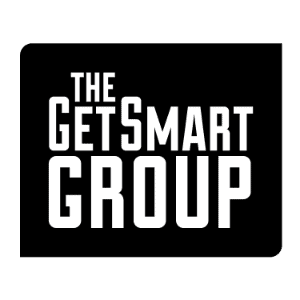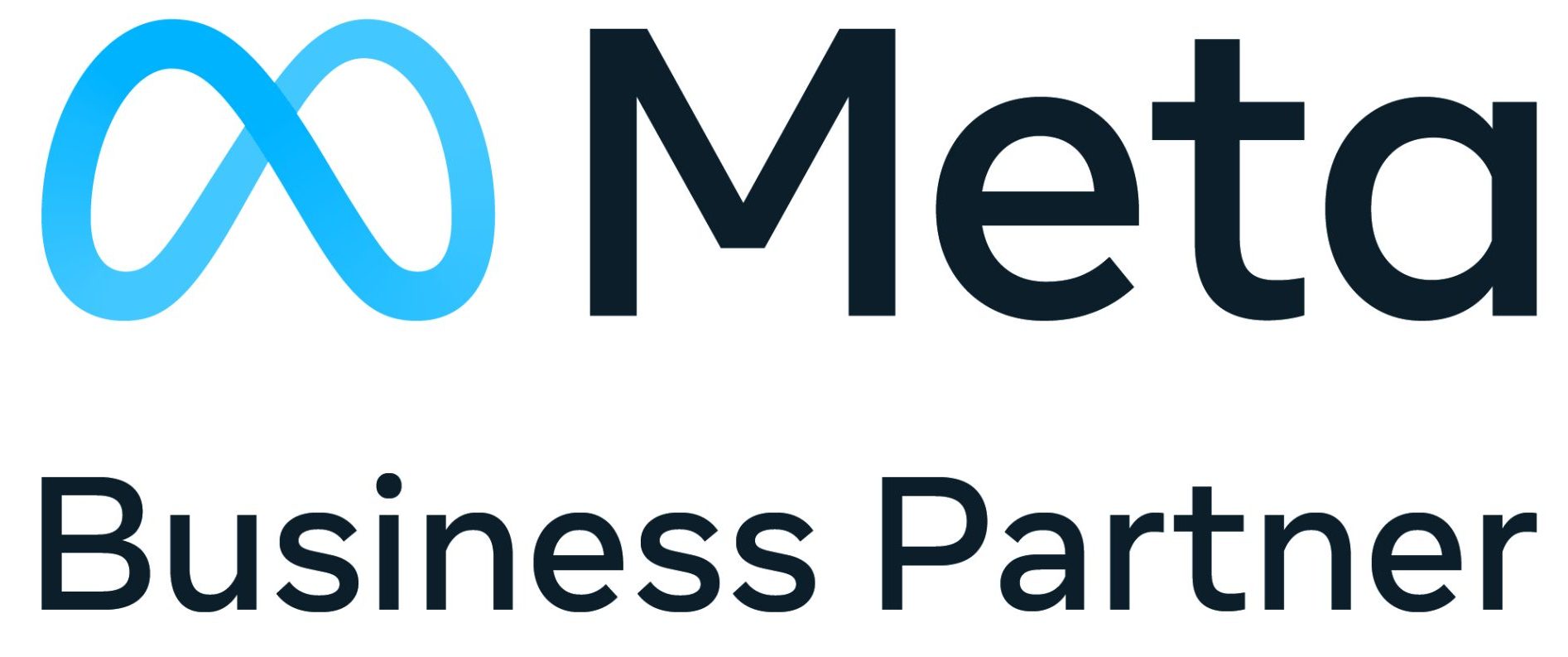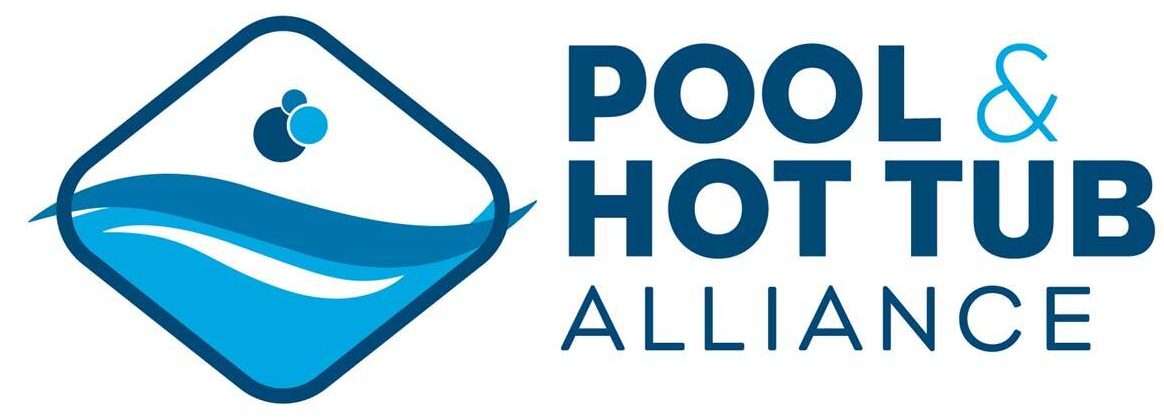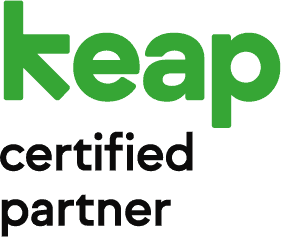As digital marketers, we do a lot of talking at The Get Smart Group. Our words find their way through company emails, side chats during Zoom meetings, and threads spooling from Slack channels, and that’s just our internal communication. As a team we’re responsible for generating and curating heaps of content daily, from launching Facebook and Google ads to creating videos, writing ad scripts and dishing out results on metrics calls.
Effective Listening
But what is all that blathering going to do for us if we aren’t first listening like moths (which have somewhat recently been discovered as having hearing capacities surpassing that of the previous champion of listening, the bat)? How do we know that we’re saying the right things, speaking in our clients’ voices, as accurately as possible, if we don’t properly listen? As much as generating content and in essence jabbering at the internet (strategically, mind you) on behalf of our diverse client base is the meat of our job, so is listening to our clients in order to create a lasting partnership, work more accurately, and more efficiently.
Listening with Intent
I was inspired to write this post by one of our new clients, who places a heavy emphasis on not only listening to his prospective clients but also deciphers what their communication style is so that he can tailor his communication methods to their preferences. It’s a tribute to the idea that the foundation of a lasting working relationship is communication, and more specifically, listening with intent. If a client feels confident that we are wholly listening to every detail they give us, they will feel more trusting of our ability to execute directives as closely to how they imagined as possible.
Exercising Extendable Ears
As marketers, it is our job to seamlessly integrate our strategy with our clients’ brand and voice in every campaign, every blog, every social media post and every email broadcast. The easiest way to get this right the first time is to put on those Extendable Ears and really dig in. In this era of virtual meetings (all of The Get Smart Group’s meetings are virtual as we are a remote team), it’s important to listen extra hard because there is that missing element of reading body language and physical reactions that can’t be easily conveyed via webcam. We must be sensitive enough to be listening not just to what our clients are saying but also to what they aren’t saying.
Multitasker Mania
During a typical client meeting, as an Account Executive you must be simultaneously taking very detailed notes, listening to what the client and other participants are saying, and of course talking and running the meeting itself. It’s a multitasker’s job for sure, and even after the meeting is over requires the use of parts of the brain that when mapped probably look something like a tornado wreaking havoc on a cornfield. Our ability to set all the necessary cogs in motion relies on how well we actively listen during our client interactions. Practicing intentional listening will lead to saved time and efficiency later on when you don’t second guess whether you made something up and skip the back and forth email chains.
Next time you find yourself with an opportunity to listen a bit closer, lean in and see if you don’t discover something you might have missed if you hadn’t ramped up those critical listening skills!










